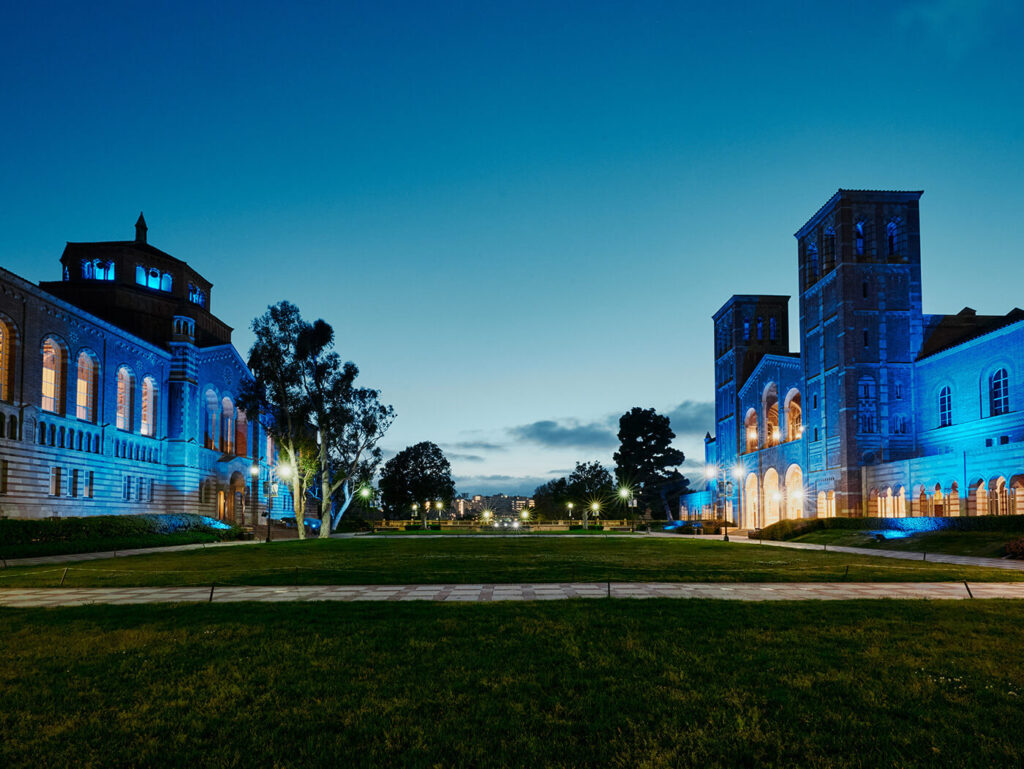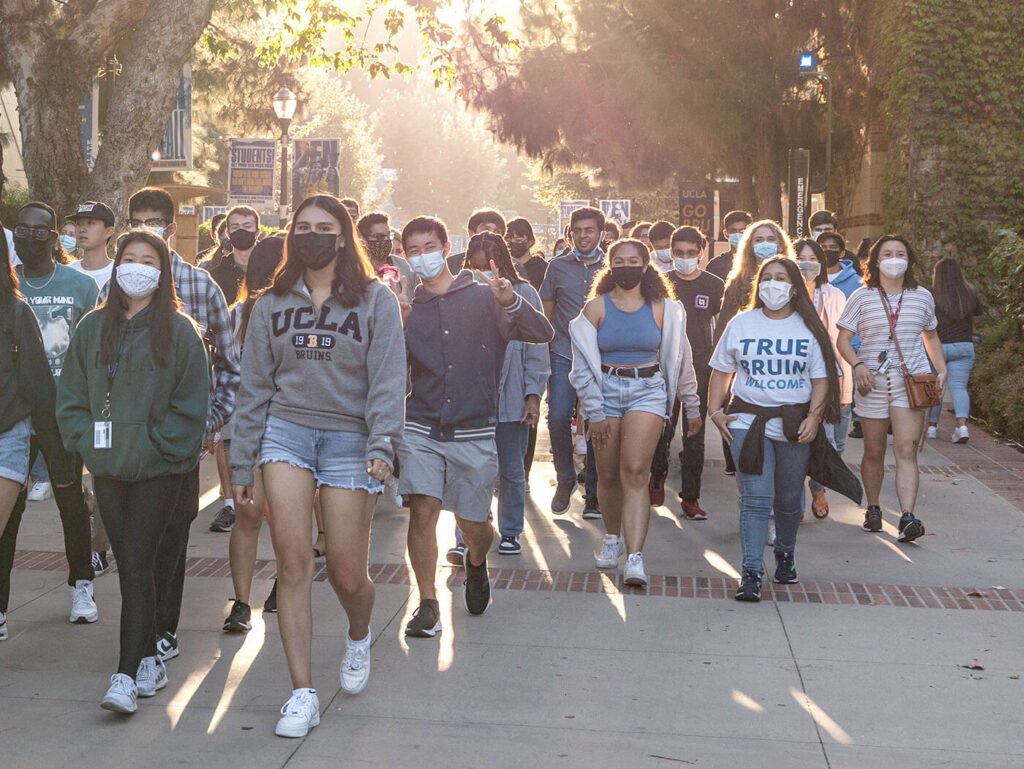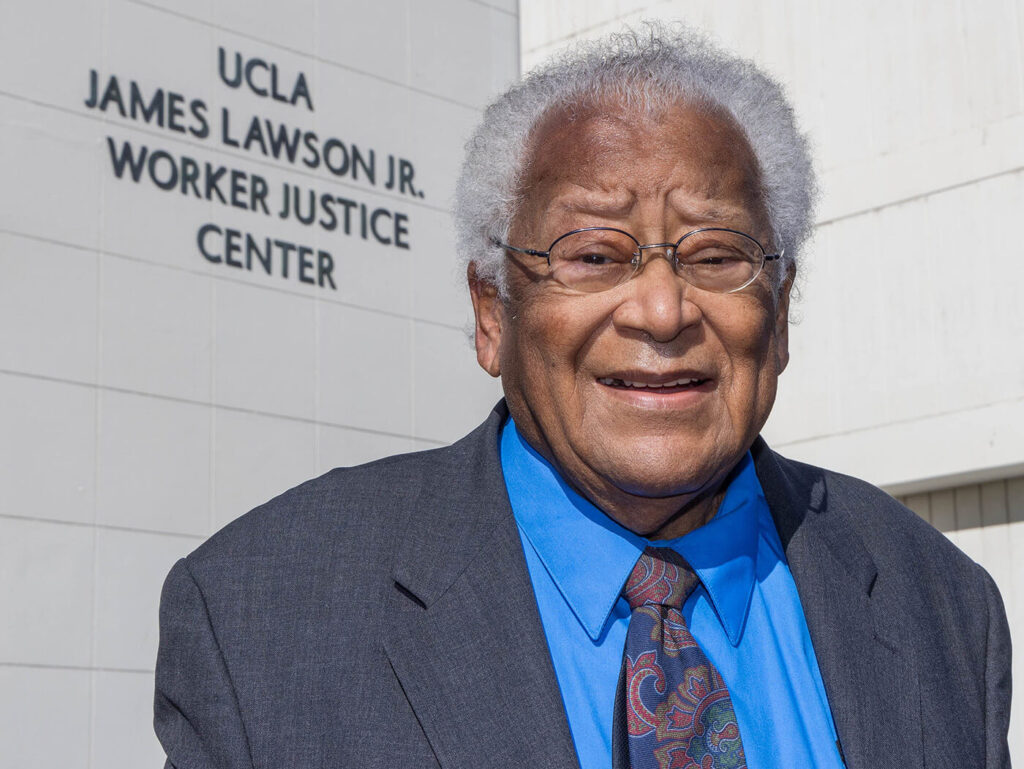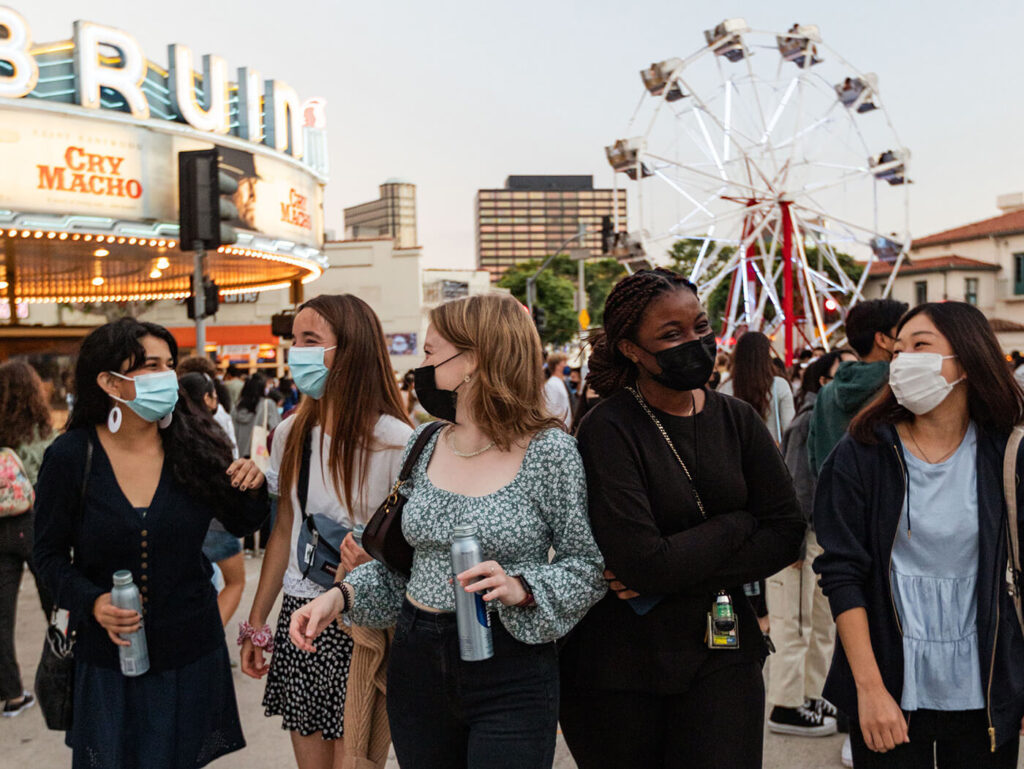
Around the world, people and institutions are grappling with a marked global increase in COVID-19 cases caused by the SARS-CoV-2 Omicron variant. It is a sobering reminder that the pandemic, which has altered the flow of our lives since spring of 2020, will continue to have a pronounced impact upon society for a long time to come.
Even so, I have great faith in UCLA’s ability to navigate the twists and turns of the months ahead due to our strong safety protocols and collective commitment to public health. Though we began the new year with a temporary switch to remote instruction, we are now heading back into the classroom, cautiously optimistic that we will be able to stay there.
I’d like to highlight several bright spots in this challenging time. These include a look at how our institution may change so that we can bring UCLA’s transformative power to more students, a recent renaming on campus that honors our bond with civil rights legend Reverend James Lawson Jr., and an effort to deepen our relationship with Westwood Village.
In this issue
- UCLA Must Serve More Students. But How?
- Honoring a Legend: Reverend James Lawson Jr.
- Deepening our Ties to Westwood
UCLA Must Serve More Students. But How?

This past year, 168,000 freshmen and transfer students applied for admission to UCLA — making our institution, once again, the most applied-to university in the nation.
In some ways, this distinction is something to celebrate. The incredible number of applications UCLA receives is a testament to the value of the experience we offer. Students know that coming to Westwood is a life-changing opportunity, a chance to learn and grow in a dynamic environment alongside a diverse set of impressive peers and some of the world’s leading thinkers. And our high number of applicants means that we can invite the world’s brightest and most driven students to join and sustain our community.
Yet with only about 10,000 spots for new students each year, it is also true that UCLA must turn away a huge number of qualified candidates who wish to come here. This has never sat well with me. As part of a great public university system founded on the notion that higher education should be both excellent and accessible, it is incumbent upon us to broaden our reach.
This issue is not unique to UCLA, and I am grateful that the Regents of the University of California and UC President Michael Drake recognize the need for the UC system to serve more students. In fact, President Drake has asked the chancellors at the 10 UC campuses to develop plans to collectively enroll 20,000 more students across the system by 2030.
The question before us is how to grow. Some UC campuses, like Riverside and Merced, have the space and ambition to increase their enrollment by bringing in many more freshmen and transfer students. UCLA, however, has the smallest physical footprint of any of the UCs, and simply enrolling thousands of new students would put pressure on campus infrastructure, class sizes and UCLA’s support services. This doesn’t relieve us of our duty and obligation to grow — it just invites us to be more creative about how we do it.
There are many paths before us. Certainly, we can invest in continuing to close graduation gaps and improve graduation rates, which would allow us to cycle more students into UCLA as others finish their studies. In this vein, we may be able to augment our summer quarter academic offerings, which would aid those who wish to make quicker progress towards their degrees and give us space for new learners.
Other ideas might require a more significant reimagining of the UCLA experience. Perhaps we can use what we’ve learned about remote education to increase online or hybrid offerings, allowing us to reach additional students while limiting the demands on our main campus. For some, the UCLA experience of the future might not be four years in Westwood, but three years on campus and one year working in a nonprofit or conducting research abroad while taking a remote class in the evening.
We could also explore notions like investing in a satellite campus, which institutions like Stanford and Northeastern recently have done, letting us expand our physical presence and providing more room for growth.
All of these ideas, and others, are on the table as the UCLA administration and Academic Senate consider how our institution should grow to better meet our public mandate.
Any such changes will be major ones, and I have no doubt that there will be challenges associated with them. But we should take pride in what this push for growth represents: People want to come to UCLA because the education we provide makes a huge difference in their lives. Furthermore, we need more people in California and the world who are educated at the level we provide, imbued with our characteristic Bruin optimism and with our strong sense of civic duty.
I will keep you apprised as our plans develop. However we make it happen, though, it is surely our responsibility to bring the shining light of UCLA to more students. Fiat Lux!
Honoring a Legend: Reverend James Lawson Jr.

In December, at a dedication ceremony attended by civil rights leaders, labor activists and elected officials, UCLA officially renamed the historic UCLA Labor Center in honor of Reverend James Lawson Jr., an iconic leader in the civil rights movement and a longtime UCLA faculty member.
The newly named UCLA James Lawson Jr. Worker Justice Center will bring together researchers, students, policymakers, labor advocates and community groups to advance economic justice and better understand pressing issues of worker’s rights, the economy, opportunity and prosperity.
Rev. Lawson has been a force for justice for more than half a century. He was a central strategist during the American civil rights movement, training racial justice activists in the theory and practice of nonviolent resistance. He played a pivotal role in some of the most important civil rights campaigns of the era including the 1957 integration of an Arkansas public high school by the Little Rock Nine, the 1960 sit-ins to integrate lunch counters, and the Freedom Rides through the southern United States in 1961.
In addition to serving as a Methodist minister and workers’ rights advocate, for 20 years Rev. Lawson has drawn on the wealth of his own personal experience and vast knowledge to teach UCLA students about social movements and non-violence.
The UCLA James Lawson Jr. Worker Justice Center, part of UCLA’s Institute for Research on Labor and Employment, is housed in a building overlooking MacArthur Park in a vibrant working class neighborhood near downtown Los Angeles. Not only will the center continue the kind of incisive, impactful work for which it is known — for example shining a light on subjects such as Black unemployment, the gig economy, immigrant workers and wage theft — but it will also help new generations of leaders find the kind of conscience and moral courage demonstrated by Rev. Lawson himself.
Deepening our Ties to Westwood

UCLA is fortunate to have all of the convenience and entertainment afforded to us by Westwood Village just minutes away from where many of us work, learn and live. But as I’ve shared before, I believe we can take concrete steps to further support our college town and make our local area a more vibrant place for all.
We began a major effort to deepen UCLA’s ties to Westwood this past fall, when our students and many employees returned to campus after months away. Now we want to keep the momentum going.
Starting in March, a new initiative called First Thursdays led by UCLA Strategic Communications will provide monthly opportunities for further engagement with Westwood via free, interactive experiences for all Bruins and the greater community. Through collaboration with local businesses and campus partners like UCLA Alumni and UCLA Arts, we’ll offer daytime programming at the Westwood Farmers Market on Broxton, covering areas like maintaining good mental health and building your career. Then, in the evenings, we’ll bring the community together — with health and safety protocols in place — for events, networking, student art installations and more.
I hope you will come out to the Village, enjoy the monthly First Thursdays programming and support our local businesses. Particularly as we look ahead to the development of new UCLA-owned housing downtown, the completion of the Metro extension and our hosting the Olympic Village in 2028, this can be the start of a long-lasting, renewed engagement that helps make our college town all that we know it can be. See you in Westwood!
